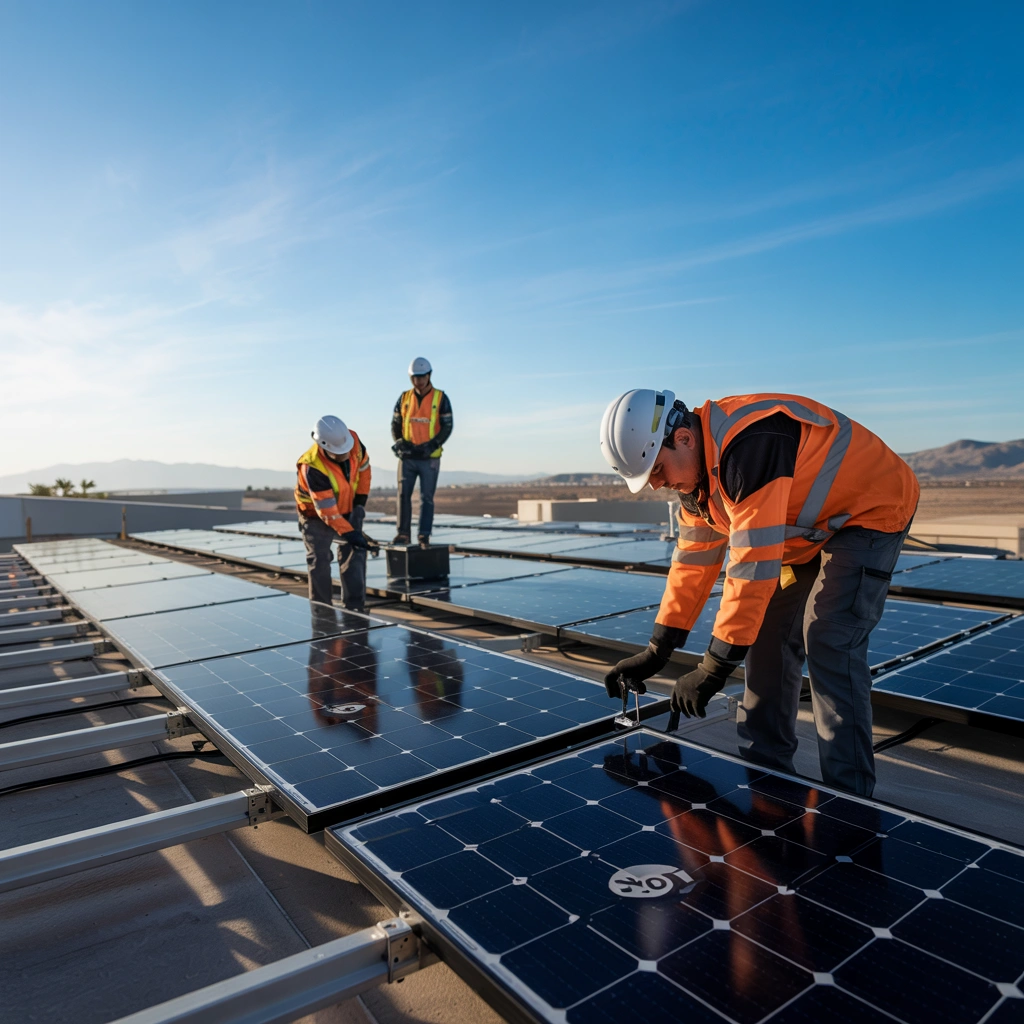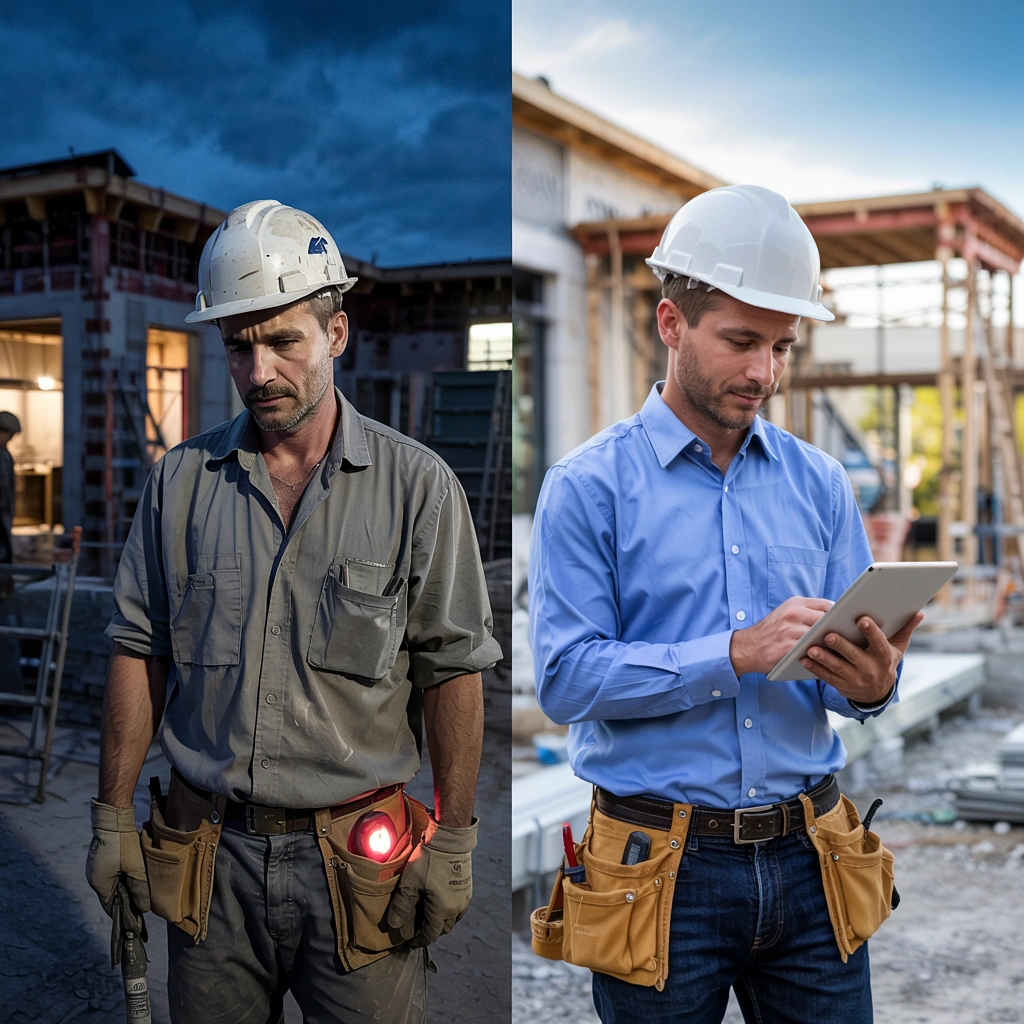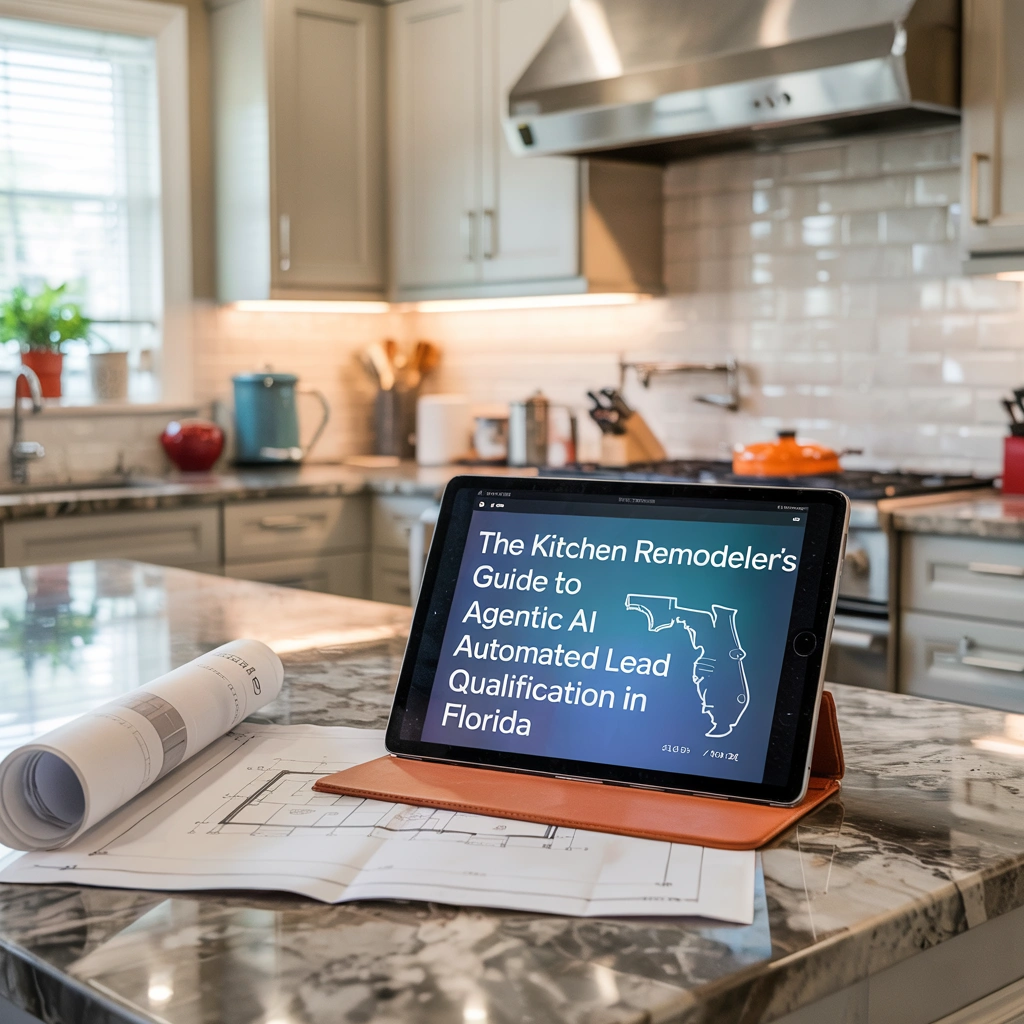
Summary: Las Vegas homeowners installing solar panels face a costly mistake most don’t see coming. When roof temperatures hit 150°F, the wrong panel choice can cost you thousands over 25 years—but there’s a specific specification that changes everything.
Key Takeaways:
- Las Vegas solar panels should have temperature coefficients of -0.30%/°C or better to minimize power loss in 150°F+ roof temperatures
- Monocrystalline panels typically outperform polycrystalline by 8-15% in extreme desert heat conditions
- Regular cleaning and professional maintenance maximize energy production in dusty desert conditions
- Climate-optimized solar equipment can increase ROI by $3,000-5,000 over 25 years compared to standard panels
Why Temperature Coefficients Matter More Than Efficiency in 150°F Vegas Heat
Las Vegas homeowners face a unique solar challenge. While the city receives over 290 sunny days annually, roof temperatures regularly hit 150°F during the summer months. Most solar panels lose efficiency as temperatures climb above 77°F, making equipment selection critical for maximizing energy production and return on investment.
The temperature coefficient measures how much power output decreases for every degree Celsius above 25°C (77°F). In Las Vegas conditions where panels operate at 66°C (150°F), the difference between a premium panel with a -0.26%/°C coefficient and a standard panel at -0.45%/°C represents thousands of dollars in lost production over 25 years. Industry experts at M&J Trusted Marketing emphasize that understanding these thermal performance metrics helps Las Vegas homeowners make informed solar investments.
Desert heat creates electrical resistance within solar cells, reducing electron flow and power generation. High-quality panels use advanced silicon purification and cell design to minimize these thermal losses. The extreme UV radiation and temperature swings in Nevada also accelerate material degradation, making robust construction standards equally important as thermal performance specifications.
Monocrystalline vs Polycrystalline: Performance at 66°C Roof Temperatures
When Las Vegas roof temperatures soar to 66°C (150°F), the performance gap between panel technologies becomes dramatic. Monocrystalline panels consistently outperform polycrystalline options in extreme heat conditions due to their single-crystal silicon structure and superior thermal characteristics.
1. Monocrystalline Panels: -0.26% to -0.35% Power Loss Per Degree
Premium monocrystalline panels achieve temperature coefficients between -0.26% and -0.35% per degree Celsius. At 66°C operating temperature (41°C above standard test conditions), these panels lose approximately 10-14% of their rated power output. Their single-crystal structure allows electrons to flow more smoothly, reducing electrical losses and heat generation.
Top-tier monocrystalline panels also achieve 20-22%+ efficiency ratings, meaning fewer panels are needed to generate the same power. This matters significantly for Las Vegas homes with limited south-facing roof space or complex roof layouts.
2. Polycrystalline Performance: -0.40% to -0.45% Temperature Impact
Polycrystalline panels typically show temperature coefficients between -0.40% and -0.45% per degree Celsius. At the same 66°C operating temperature, these panels lose 16-18% of their rated power output. The multi-crystal structure creates more electrical resistance and grain boundaries where electrons encounter obstacles.
Polycrystalline panels also achieve lower efficiency ratings of 15-17%, requiring more roof space to generate equivalent power. While initial costs are lower, the reduced performance in Las Vegas heat conditions often negates the upfront savings over the system’s 25-year lifespan.
3. Real Power Output Differences in Extreme Desert Heat
Consider two identical 5kW systems installed on Las Vegas roofs. The monocrystalline system with -0.29%/°C coefficient produces approximately 6,200 kWh annually, while the polycrystalline system at -0.43%/°C generates about 5,800 kWh. This 400 kWh difference equals roughly $48 in annual savings at current Nevada electricity rates of $0.12 per kWh.
Over 25 years, accounting for electricity rate increases and system degradation, the performance difference compounds to approximately $2,000-3,000 in additional energy production value, often exceeding the initial premium paid for higher-quality panels.
Heat-Tolerance Specifications for Las Vegas Installations
Selecting solar equipment for Las Vegas requires specific performance criteria that ensure optimal operation in extreme desert conditions. These specifications directly impact both immediate performance and long-term reliability in the harsh Nevada climate.
1. Temperature Coefficient Below -0.30%/°C for Maximum Performance
Target temperature coefficients of -0.30%/°C or better for Las Vegas installations. Premium manufacturers like Maxeon achieve -0.29%/°C, while quality alternatives from REC and Panasonic deliver -0.26% to -0.28%/°C coefficients. Avoid panels exceeding -0.40%/°C, as the performance penalty in desert heat becomes significant.
Temperature coefficients are measured under standardized laboratory conditions, but real-world Las Vegas performance depends on additional factors, including cell design, interconnection technology, and thermal management features integrated into the panel construction.
2. Efficiency Ratings: Target 20%+ for Premium Results
High-efficiency panels convert more sunlight to electricity and generate less waste heat, creating a beneficial cycle in hot climates. Target efficiency levels include: Excellent choice at 20%+ efficiency, Good choice between 18-20% efficiency, and Acceptable minimum of 16-18% efficiency for Las Vegas conditions.
Higher efficiency also maximizes power generation from limited roof space, reduces installation complexity, improves system aesthetics, and increases property value per installed watt. The efficiency advantage becomes more pronounced as panels age and experience gradual degradation over their 25-year lifespan.
3. Construction Standards for 25-Year Desert Durability
Las Vegas solar panels must withstand extreme temperature cycling, intense UV radiation, occasional hail, and high winds. Look for anodized aluminum frames that resist corrosion, tempered glass rated for impact resistance, and EVA encapsulants that maintain clarity under UV exposure.
Required certifications include IEC 61215 reliability standards, UL 1703 safety certification, and extended temperature testing from -40°F to +185°F. Power tolerance ratings of +5%/-0% ensure panels meet or exceed their rated output, while warranties demonstrate manufacturer confidence in desert performance.
Top-Performing Solar Panel Brands for Nevada’s Climate
Several manufacturers have proven their equipment’s exceptional performance in Las Vegas installations through years of real-world data and advanced engineering specifically designed for extreme heat conditions.
Maxeon: Industry-Leading Heat Tolerance
Maxeon panels consistently lead industry performance in hot climates. Their Maxeon 6 AC panels achieve 22.7% efficiency with a -0.29%/°C temperature coefficient. The Interdigitated Back Contact (IBC) technology eliminates front-side bus bars that create hot spots and reduces electrical losses.
Maxeon panels feature copper foundations that conduct heat away from solar cells more effectively than aluminum alternatives. The 25-year product warranty covers both materials and workmanship, while the performance warranty guarantees 92% output after 25 years. Power tolerance of +5%/-0% means panels deliver at least their rated power output.
Premium Manufacturers with Superior Temperature Coefficients
Panasonic Evervolt panels utilize HIT (Heterojunction with Intrinsic Thin Layer) technology, achieving 22.2% efficiency and -0.26%/°C temperature coefficient. Their half-cut cell design reduces current flow and heat generation while improving shade tolerance.
REC Alpha Pure series delivers 21.7% efficiency with heterojunction cell technology and all-black aesthetics. Canadian Solar HiKu7 Mono PERC panels offer solid performance at competitive pricing with 20.9% efficiency and -0.37%/°C coefficient.
Installation and Maintenance Requirements in Desert Conditions
Proper installation and maintenance protocols are required for maximizing solar performance and equipment longevity in Las Vegas’s challenging desert environment.
1. Proper Ventilation Reduces Operating Temperatures by 20°F
Adequate airflow beneath panels significantly reduces operating temperatures and improves power output. Maintain a minimum 4-inch air gap between panels and roof surface with unobstructed airflow paths. Proper spacing between panel rows allows heat dissipation and prevents thermal buildup.
Ventilation considerations include avoiding panel installations that block ridge vents, ensuring end-of-row airflow pathways, and designing layouts that promote natural convection cooling. Ground-mounted systems naturally achieve better ventilation than roof-mounted installations.
2. Regular Cleaning Schedule for Dust Management
Las Vegas dust accumulation impacts solar performance, with dirty panels potentially losing 10-20% of their energy production capability depending on conditions. During the dry season (typically May through September), panels benefit from cleaning every 6-8 weeks, though monitoring performance can help determine optimal frequency.
Professional cleaning services use deionized water and appropriate techniques that avoid panel damage. DIY cleaning requires early morning timing, proper safety equipment, and gentle cleaning solutions. Automated cleaning systems provide hands-off maintenance but require significant upfront investment.
3. Professional Maintenance for Extreme Weather Protection
Annual professional inspections identify potential problems before they become expensive repairs. Technicians verify electrical connections remain tight, mounting systems maintain structural integrity, and inverters operate within specification ranges.
Maintenance protocols include thermal imaging to detect hot spots, electrical testing of connections, monitoring system performance data, and inspection of conduit and wiring for UV degradation. Preventive maintenance extends system life and maintains warranty coverage.
Maximize Your Solar ROI with Climate-Optimized Equipment Choices
Las Vegas homeowners who select climate-optimized solar equipment typically see 15-25% better performance than those using standard panels. With electricity rates averaging $0.12-0.15 per kWh and continuing to rise, the right equipment selection provides substantial long-term savings.
Current solar installation costs in Las Vegas range from $3.10-$4.11 per watt before incentives, with a typical 12.54kW system costing approximately $27,251 before the 30% federal tax credit. After incentives, homeowners pay around $19,076, with payback periods of 6-8 years and 25-year savings reaching $69,000-$88,000 for properly designed systems.
The key to maximizing ROI lies in balancing upfront equipment costs with long-term performance benefits. Premium panels with superior temperature coefficients and efficiency ratings command higher initial prices but deliver significantly more energy over their 25-year lifespan. Factor in Nevada’s net metering policies, property tax exemptions, and renewable energy incentives when calculating total system value.
Choose certified installers who understand desert installation requirements and offer warranties on both equipment and workmanship. The 30% federal tax credit expires December 31, 2025, making immediate action important for maximizing available incentives.
For expert guidance on solar marketing strategies and equipment selection tailored to desert climates, M&J Trusted Marketing provides specialized renewable energy marketing insights to help homeowners make informed solar investment decisions.
-
Frequently Asked Questions
How Solar Installation Companies Can Leverage This Content
This informative article, “Choosing the Best Solar Panels & Equipment for Las Vegas’s Climate” can be adapted and repurposed across multiple marketing formats to help increase website traffic for kitchen remodeling services, build trust with potential clients, and differentiate their services in a competitive market. We help with From Article to Action: Using Digital Content to Fill Your Project Pipeline by transforming technical content into powerful marketing campaigns across all digital channels, ensuring maximum reach and engagement with potential customers.





